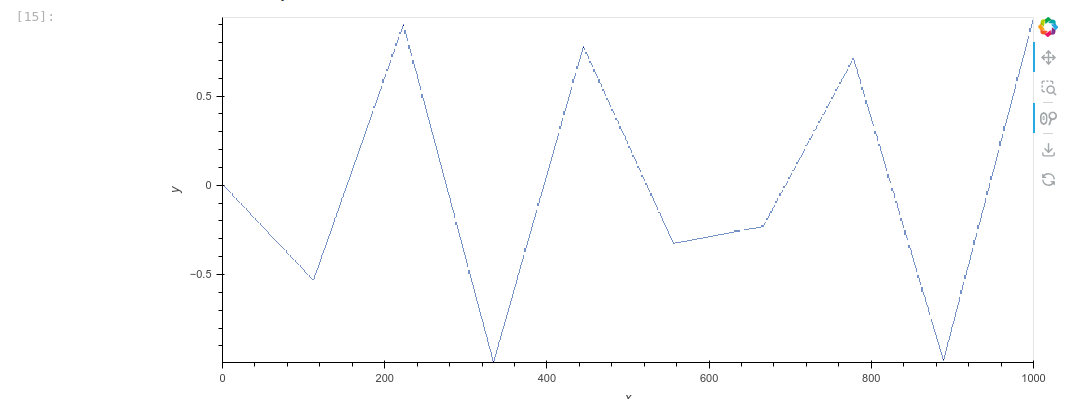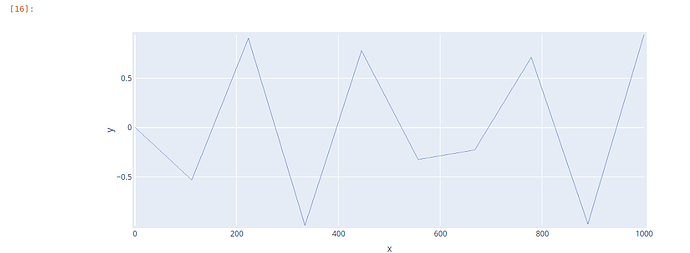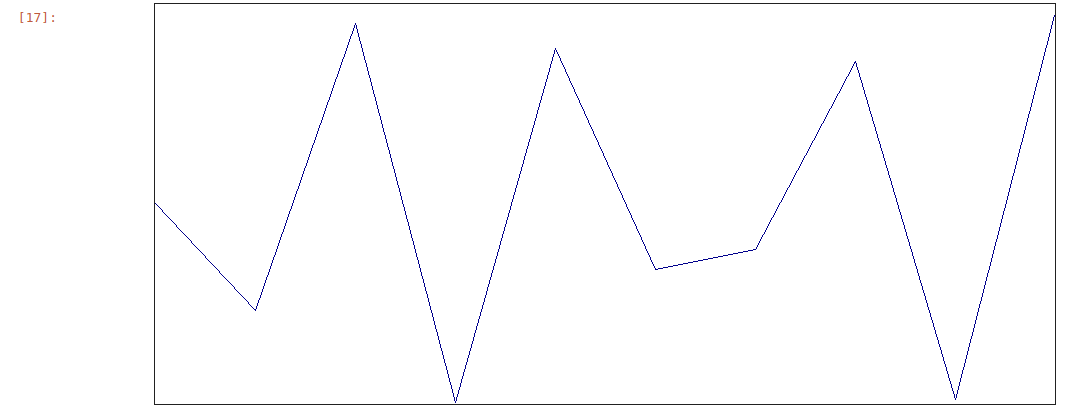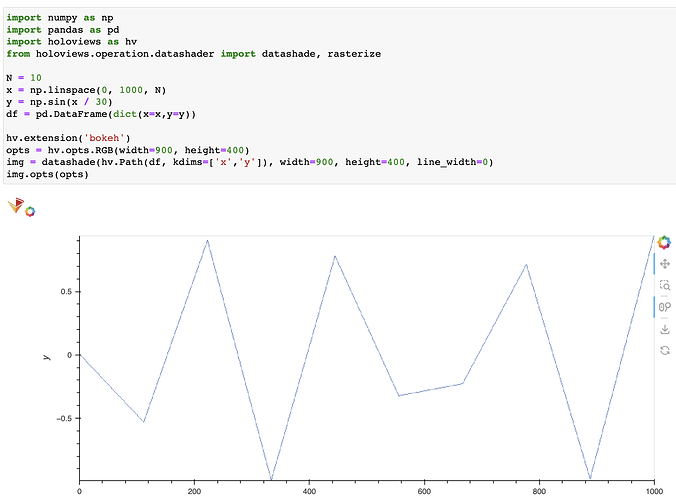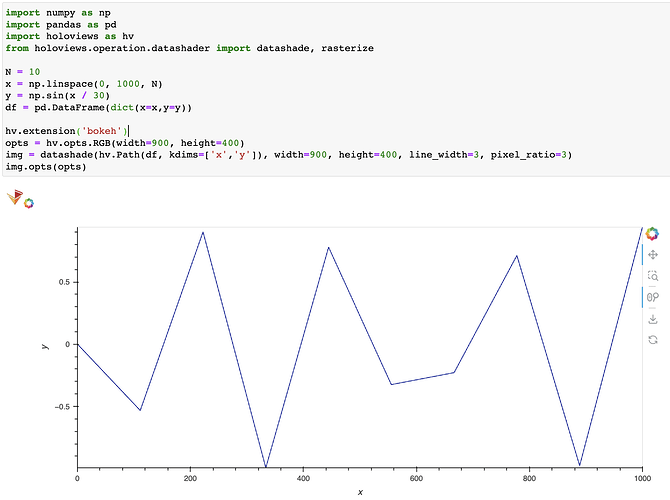With the following setup:
import numpy as np
import pandas as pd
import holoviews as hv
from holoviews.operation.datashader import datashade
N = 10
x = np.linspace(0, 1000, N)
y = np.sin(x / 30)
df = pd.DataFrame(dict(x=x,y=y))
When I do:
hv.extension('bokeh')
opts = hv.opts.RGB(width=900, height=400)
img = datashade(hv.Path(df, kdims=['x','y']), width=900, height=400)
img.opts(opts)
img
I see a line with artifacts. This is some sort of bug (see below). I’ve stepped through a lot of the code in holoviews/plotting/bokeh/element and other files, for example. Unfortunately it seems too complex for me to debug. But, I’m thinking there is some bug in the downstream processing, since the output images that come directly from datashader look perfect (see below)
Any help would be much appreciated. As it is, this is unfortunately not usable quality, it is too visually distracting.
When I instead use the plotly backend but everything else the same:
hv.extension('plotly')
opts = hv.opts.RGB(width=900, height=400)
img = datashade(hv.Path(df, kdims=['x','y']), width=900, height=400)
img.opts(opts)
img
The line has no artifacts:
Finally, I can confirm that this is not an issue with datashader image generation itself. When I do:
cvs = ds.Canvas(x_range=[0, 1000], y_range=[-1,1],
plot_height=400, plot_width=900)
agg = cvs.line(df, 'x', 'y', agg=ds.any())
tf.shade(agg)
I see a perfectly rendered line plot:
Thanks in advance!
